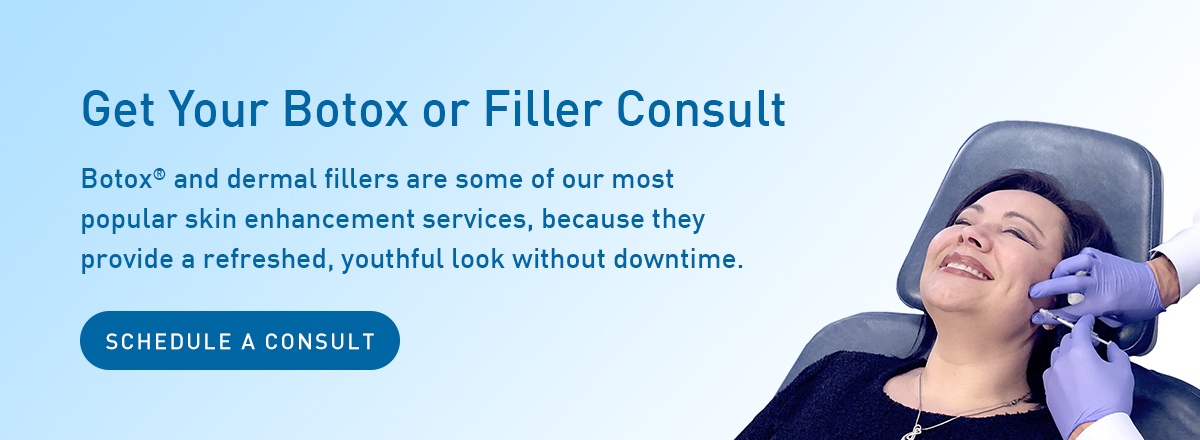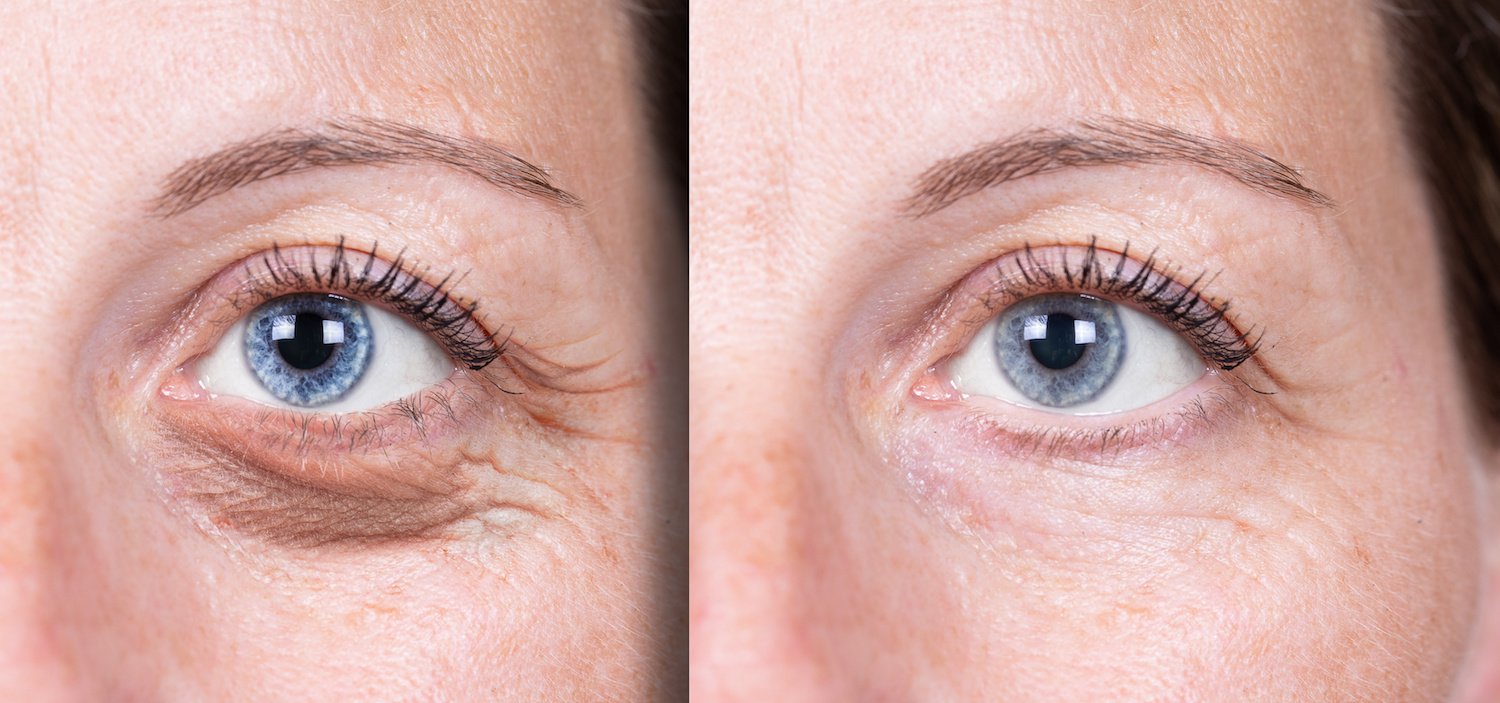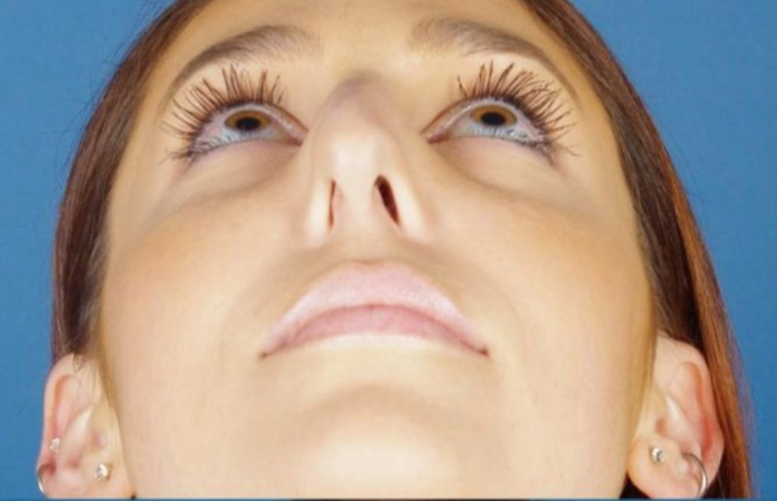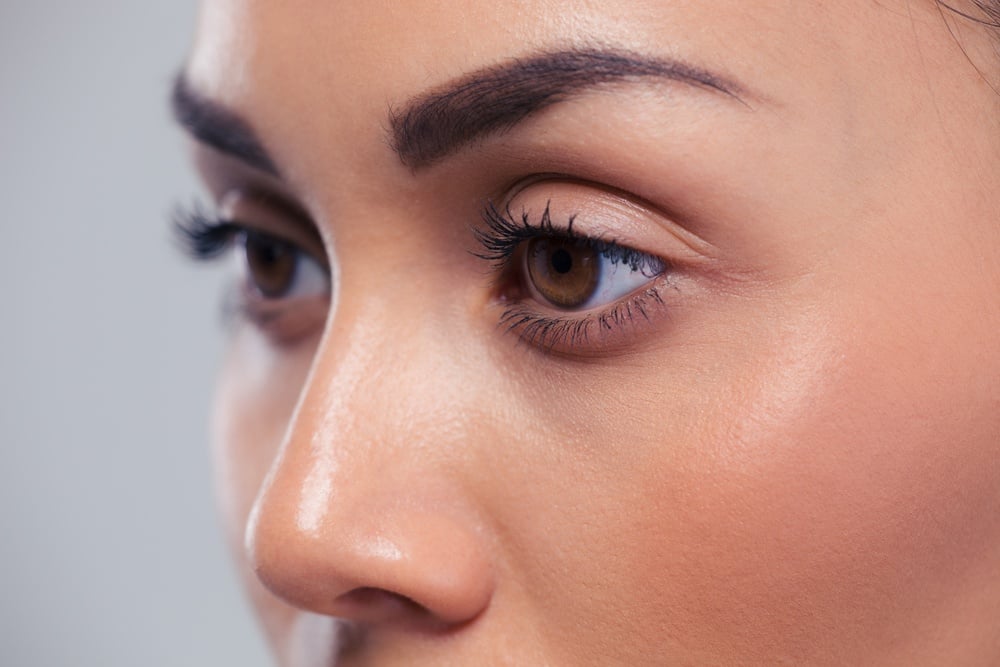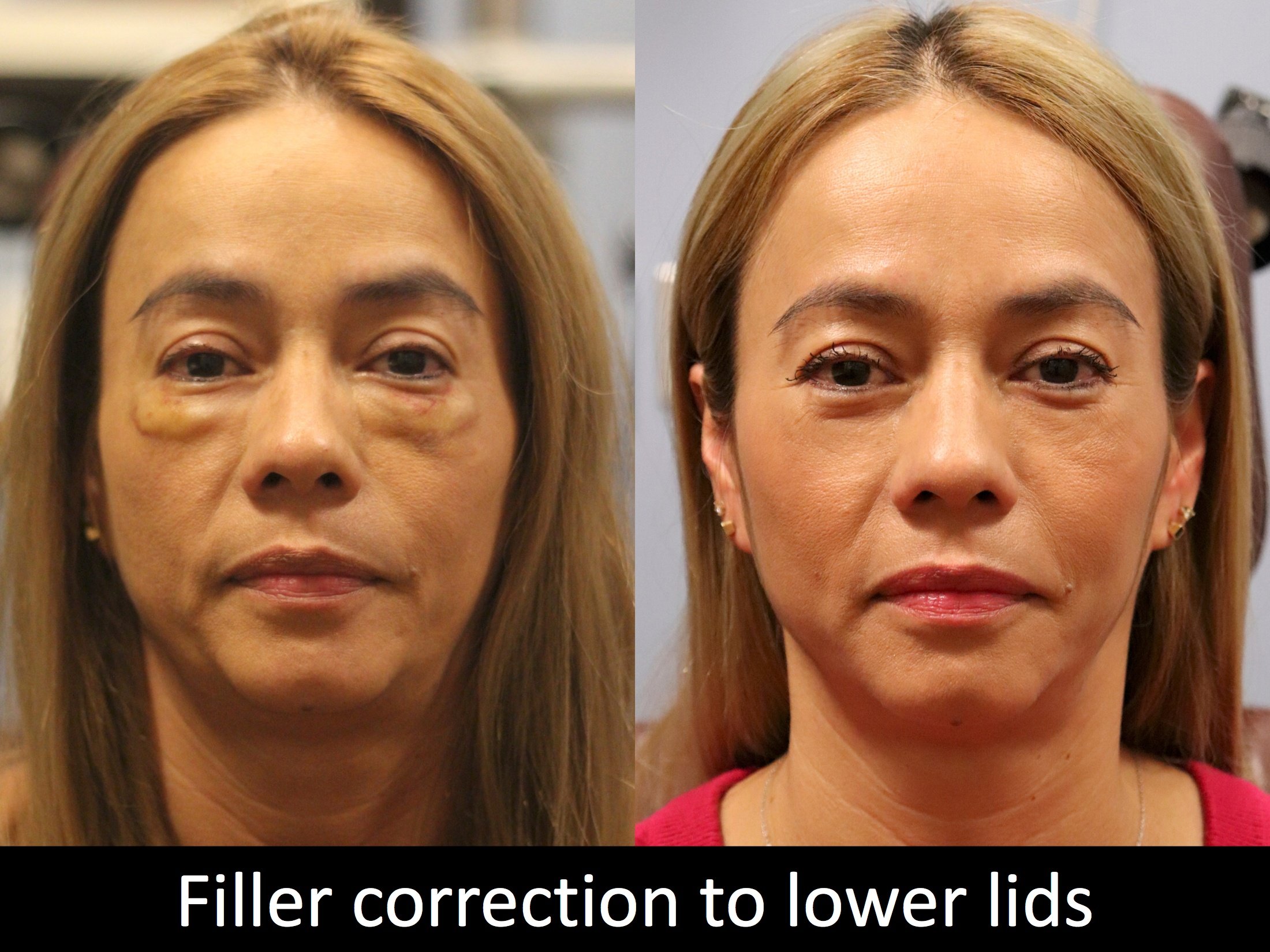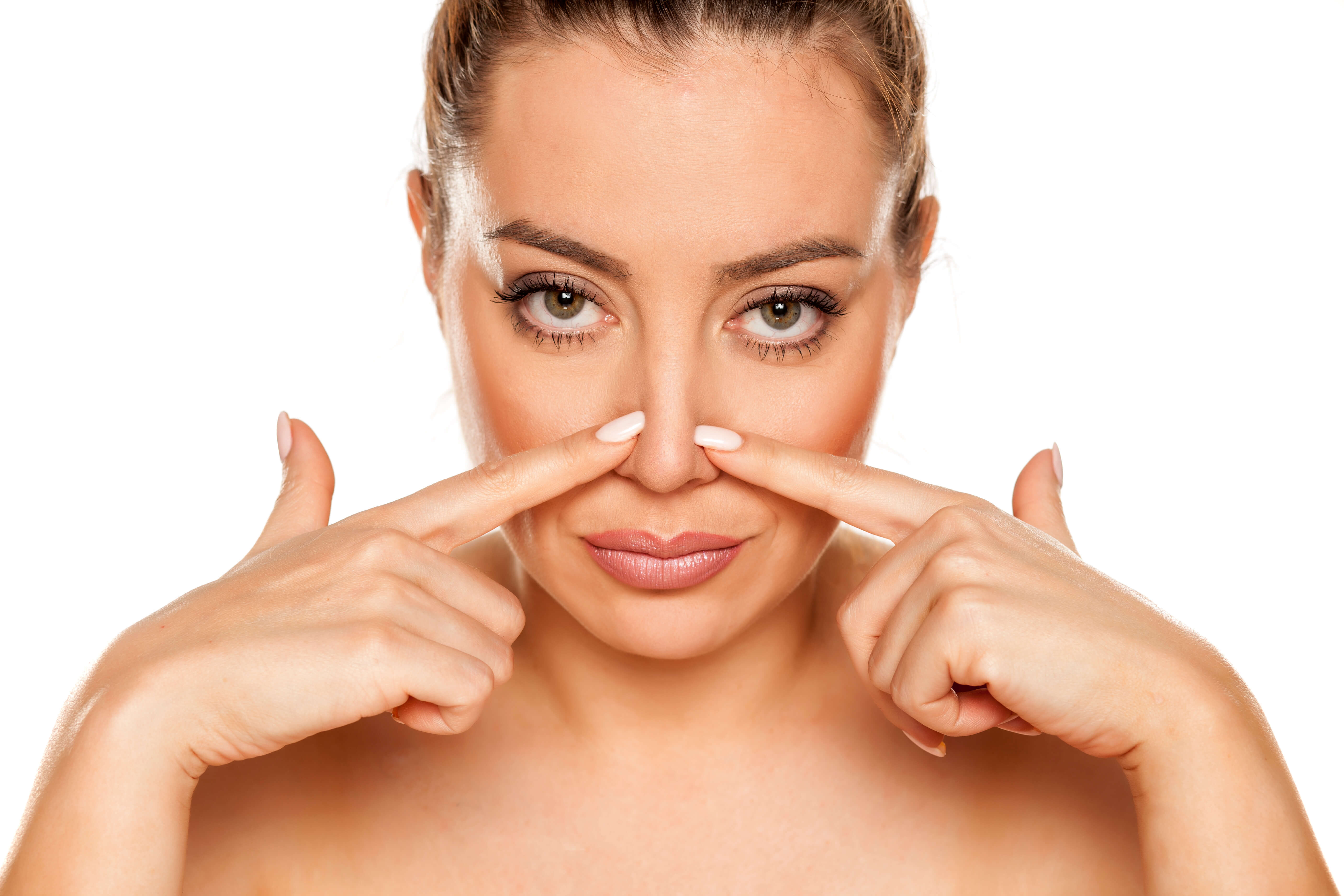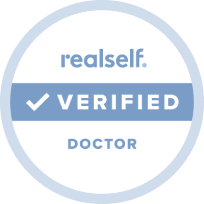It’s safe to say that as we age, our face will show it. Fine lines and wrinkles develop from repeated use of facial muscles. Those smile lines might indicate how happy a life you’ve had, but that doesn’t mean you love them! If you’ve begun to notice wrinkles forming on your face, particularly around your mouth, eyes, or on your forehead, you may have been looking into Botox. For areas of your face that seem to have lost volume, though, you will want to consider dermal fillers. Though these are both minimally invasive procedures that use an injected substance to make corrections, they differ in how each works its magic. Let’s have a closer look at Botox and dermal fillers.
Botox
This is the brand name of the most commonly used botulinum toxin type A, having been administered to 6.7 million patients in 2015. It is a neurotoxin that, when injected into muscles, blocks the neurotransmitters that allow contraction. This is useful to slow the formation or deepening of lines and wrinkles caused by repeated smiling, frowning, or squinting. Botox essentially paralyzes those particular muscles.
Now, this can seem a bit scary - the whole paralyzing facial muscles thing. And surely you’ve seen many before and after photos during your research that may have left you doubting this procedure. The stiff and plastic look that sometimes happens with Botox is purely a reflection of the skill of the injector. Proper placement, dosage, and administration are very important to keep patients looking like their own expressive selves. Choosing the right medical professional to expertly place your Botox injections is crucial. Be sure to ask for photos (or better yet, videos) of their Botox clients so that you can determine their experience and expertise.
Once you’ve chosen a competent injector, you will likely be seeing her/him every 3-4 months since Botox is a temporary solution for these lines and wrinkles. The Botox is eventually absorbed by your body (don’t worry, that’s completely safe) and will need to be refreshed regularly. The great thing about Botox treatments is that they are quick and easy, usually requiring only an hour long visit. There is no downtime and the most common side effect is very slight swelling or bruising at the injection site that usually subsides within a few hours. Fewer than one percent of patients experience various other side effects so Botox is considered a very safe procedure.
Dermal Fillers
These products differ from Botox injections in a couple of key ways. Dermal fillers are injected into or under the skin to fill in lines and wrinkles and to restore facial structure and volume lost due to aging. They do not affect facial muscles like Botox does, rather, they simply do what their name implies - fill. As we age, our bodies produce less collagen and elastin, making them appear saggy and wrinkled. Sun exposure may have contributed to or even accelerated this wrinkling. Thankfully, dermal fillers are safe and effective (albeit, temporary) for smoothing out some of the fine lines and volumizing areas that have lost some fullness.
There are several types of dermal fillers available and many are specifically formulated to address specific parts of the face, such as the cheeks or lips, or the degree of wrinkling present. Some fillers, like Juvederm and Restylane, are made from hyaluronic acid (HA), a naturally occurring element that keeps skin plump and hydrated. Some are made from calcium hydroxylapatite, also produced naturally by our bodies. This filler is a bit thicker and is commonly used for deeper wrinkles. Poly-L-lactic acid is a synthetic substance and is intended to address finer lines by stimulating the production of collagen. Each different type of filler has brand names associated with it and your injector can help you decide which one is appropriate for your aesthetic goals.
As with Botox, the administration of dermal filler is quick and easy, but also temporary. They typically last longer than Botox, though - up to two years in some cases. The number of initial treatments as well as follow-ups will depend on your desired changes as well as the type of filler selected to achieve your results. Also similar to Botox, side effects are seen in fewer than one percent of patients, making this procedure very safe as well. Slight bruising or swelling at the injection site is possible.
Combining Botox and Dermal Fillers
Here at Raval Facial Aesthetics, Dr. Jeff Raval often likes to combine Botox and dermal fillers. The two products can work together to produce an overall better and longer-lasting result. Fillers generally last a year or even two, but they are gradually absorbed by the body (which is harmless). By adding Botox, facial muscles don’t work so hard, and that slows absorption of the filler material. Our faces are complex and age in their own unique way. Oftentimes, though, one face will show both deep wrinkles as well as fine lines. Combining Botox and dermal fillers in one session is a great way to give you a refreshed, youthful, and vibrant look that will last for months to come.
Would Botox, dermal fillers or a combination be best for you? The answer is as individual as you are. Scheduling a personal consultation can help you explore the options in more detail. You can also download our FREE eBook to learn even more about the procedures we have available.
- Acne
- Botox/Dermal Fillers
- Browlift
- Chemical Peels
- Chin Augmentation
- Consultation
- Denver Facial Plastic Surgeon
- Deviated Septum
- Eyelid Procedures
- Facelifts/Necklifts
- Headaches/Excessive Sweating
- Healthy Living
- Laser Hair Removal
- Laser Treatments
- Latisse
- MedSpa
- Memberships
- Microdermabrasion
- Nasal Valve Collapse
- Non-Surgical Procedures
- Rhinoplasty
- Skin Care
- Thread Lifts
- Wrinkle Treatments


